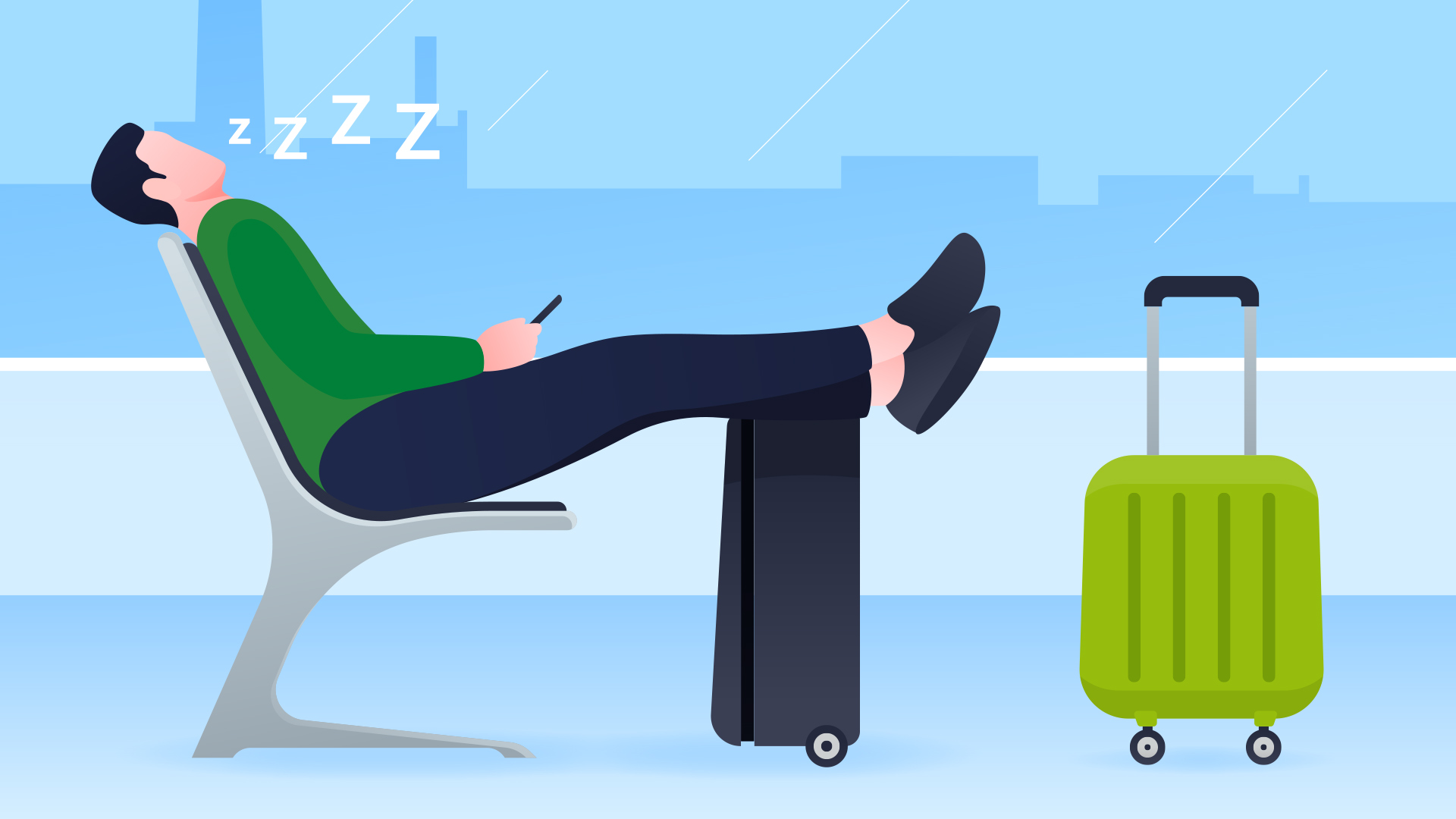Jet lag is a common struggle for international travelers, often disrupting sleep patterns and lowering energy levels for days after arrival. The root cause lies in your circadian rhythm—the body’s internal clock—which struggles to adjust quickly across multiple time zones. While many travelers accept jet lag as unavoidable, there are science-backed strategies to reduce its impact and enjoy your trip from day one.
Start by gradually adjusting your sleep schedule 2–3 days before departure. Shift your bedtime and wake-up time closer to your destination’s time zone to ease the transition. Stay well-hydrated before, during, and after the flight, and avoid alcohol or caffeine which can dehydrate you and interfere with sleep. Once you arrive, try to spend as much time in natural daylight as possible. Sun exposure helps reset your internal clock and reduces melatonin suppression.
One often-overlooked hack is to time your meals according to your destination. This subtle cue helps your body synchronize with the new environment. Combined with short naps (no longer than 30 minutes) and light exercise after arrival, you can significantly reduce jet lag symptoms. With the right planning, you don’t have to lose the first two days of your trip to fatigue and brain fog.





